Natural Liberation
Wisdom Publications
199 Elm Street
Somerville, Massachusetts 02144 USA
www.wisdompubs.org
Gyatrul Rinpoche 1998, 2008
English translation B. Alan Wallace 1998, 2008
All rights reserved.
No part of this book may be reproduced in any form or by any means, electronic or mechanical, including photography, recording, or by any information storage and retrieval system or technologies now known or later developed, without permission in writing from the publisher.
Library of Congress Cataloging-in-Publication Data
Karma-gli-pa, 14th cent.
[Zab chos zhi khro dgos pa ra grol las rdzogs rim bar do drug gi khrid yig. English]
Natural liberation: Padmasambhavas teachings on the six bardos / Padmasambhava ; commentary by Gyatrul Rinpoche : translated by B. Alan Wallace. Karma-gli-pa, 14th cent.
p. cm.
Discovered by Karma Lingpa.
Includes bibliographical references and index.
ISBN 0-86171-131-9 (alk. paper)
1. Spiritual lifeBuddhism. 2. Padma Sambhava, ca. 717ca. 762. 3. BuddhismChinaTibet. I. Gyatrul, Rinpoche. II. Wallace, B. Alan. III. Padma Sambhava, ca. 717ca. 762.
BQ7800.K37513 1997
294.3'444dc21 972608
ISBN 0-86171-131-9
12 11 10 09 08
8 7 6 5 4
Cover design by Tony Lulek. Interior design by LJ Sawlit. Set in Diacritical Garamond, 11 pt/13.5 pt. Cover drawing: Padmasambhava, Robert Beer 2008
Wisdom Publications books are printed on acid-free paper and meet the guidelines for thepermanence and durability of the Committee on Production Guidelines for Book Longevity of the Council on Library Resources.
 This book was produced with environmental mindfulness. We have elected to print this title on 30% PCW recycled paper. As a result, we have saved the following resources: 27 trees, 19 million BTUs of energy, 2,369 lbs. of greenhouse gases, 9,832 gallons of water, and 1,263 lbs. of solid waste. For more information, please visit our website, www.wisdompubs.org . This paper is also FSC certified. For more information, please visit www.fscus.org .
This book was produced with environmental mindfulness. We have elected to print this title on 30% PCW recycled paper. As a result, we have saved the following resources: 27 trees, 19 million BTUs of energy, 2,369 lbs. of greenhouse gases, 9,832 gallons of water, and 1,263 lbs. of solid waste. For more information, please visit our website, www.wisdompubs.org . This paper is also FSC certified. For more information, please visit www.fscus.org .
Printed in the United States of America
Contents
P ART O NE:
I NTRODUCTION AND P RELIMINARIES
P ART T WO:
T HE P ROFOUND D HARMA OF THE N ATURAL L IBERATION THROUGH C ONTEMPLATING THE P EACEFUL AND W RATHFUL: S TAGE OF C OMPLETION I NSTRUCTIONS ON THE S IX B ARDOS
P ART T HREE:
S UPPLEMENTAL P RAYERS
T HIS BOOK CONTAINS A TRANSLATION and commentary on the great Indian Buddhist tantric master Padmasambhavas text, entitled The Profound Dharma of the Natural Liberation through Contemplating the Peaceful and Wrathful: Stage of Completion Instructions on the Six Bardos. Presumably composed some time in the late eighth century, the text was dictated by Padmasambhava to his Tibetan consort, Yeshe Tsogyal. Tibetan tradition views Padmasambhava as an emanation of Amitbha, the Buddha of Infinite Light, and refers to him as Guru Rinpoche, or Precious Spiritual Mentor. His name, Padmasambhava, means born from a lotus, indicating his miraculous birth from a lotus in the midst of a lake in the region of Oiya. Adopted by the king of Oiyna, Padmasambhava dedicated his life to the study and practice of esoteric, or Vajrayna, Buddhism.
In the eighth century, the Tibetan king Trisong Detsen invited Padmasambhava to Tibet to assist the Indian abbot ntaraksita in building the first enduring monastery in that land. In Tibet, Padmasambhava devoted himself to subduing the many malevolent forces that were obstructing the study and practice of Buddhism there, and he gave numerous teachings to his disciples, among whom twenty-five became renowned, accomplished adepts in their own right. When his work in Tibet was completed, tradition says, Padmasambhava departed to the west in a body of pure light to the buddha-field known as the Glorious Copper-colored Mountain, where he resides even to this day.
Padmasambhava concealed many of his teachings in the manner of spiritual time-capsules known as treasures ( gter ma ; pronounced terma ) to be gradually revealed over the centuries when human civilization was ready to receive them. The delayed revelation of these teachings parallels the manner in which the Mahyna doctrine came to be eventually revealed to the general public several centuries after the passing of the historical Buddha, and the way in which many Buddhist tantras came to be revealed for the first time in India in the centuries following that. Some of Padmasambhavas hidden teachingsknown as earth treasures (sa gter) were written down and concealed underground, in caves, or even inside large boulders. Other teachingsknown as mind treasures (dgongs gter) were mystically secreted in the mind-streams of his own disciples, awaiting their conscious discovery in the disciples subsequent lifetimes. During the centuries following his departure to the Glorious Copper-colored Mountain, numerous treasure revealers (gter ston; pronounced tertn), who have generally been regarded as emanations either of Padmasambhava or of his chief disciples, have discovered great numbers of these treasures and have subsequently propagated these teachings.
The concluding words Samaya. Sealed, sealed, sealed at the end of sections of this text are unique to hidden treasure texts, or terma. The word samaya in this context indicates that those who handle this text should remember their samayas, or tantric pledges. The words sealed, sealed, sealed are a warning that if someone other than the treasure revealer should accidently come across these texts while they are still concealed, they should leave the texts alone. These words also warn the treasure revealer who was intended to discover the texts that he or she should make them known only at the appropriate time. Finally, those who read these texts are warned with these words not to show the texts to those who have no faith or to those whose samayas have degenerated.
One of the most renowned treasure revealers in Tibet was Karma Lingpa, who lived in the fourteenth century and is regarded as an emanation of Padmasambhava himself. It was he who discovered the present treatisea classic example of an earth treasurein a cave on Gampo Dar Mountain in central Tibet. Dealing with the six transitional processes, or bardos, this text quickly became an important treatise of the Nyingma order of Tibetan Buddhism; as such, it has been widely taught and practiced by Tibetans ever since, but only by those fully initiated into this cycle of Vajrayna Buddhist teachings. This treatise may also be considered as a companion volume to the well-known Tibetan Book of the Dead, prior to ones next rebirth, and in Tibet it was commonly recited during and after an individuals death to aid that person in making the transition to the next life. The present work is much more extensive in its scope, providing practical meditation instructions pertaining to all six transitional processes, or bardos, namely those of living, dreaming, meditating, dying, the intermediate state following death, and rebirth.
This treasure text was made available to a broader public in the West when, during the early months of 1995, the Venerable Gyatrul Rinpoche, a senior lama of the Payul lineage of the Nyingma order, taught it openly to a group comprising both Buddhists and non-Buddhists at the Orgyen Dorje Den Buddhist center in San Francisco, California. Born in the Gyalrong region of eastern Tibet in 1925, Gyatrul Rinpoche was recognized at a young age by Jamyang Khyentse Lodr Thaye as the incarnation of Sampa Knkyap, a Payul lineage meditator who spent his life in retreat and who later gave empowerments and transmissions from his retreat cave to multitudes of disciples. After being brought to Payul Domang Monastery, home of his previous incarnation, the young Gyatrul was educated by his tutor, Sangye Gn. During his extensive spiritual training, he received personal instruction on many Buddhist treatises, including the present one, by numerous renowned masters of the Nyingma order, including Tulku Natsok Rangdrl, Payul Chogtrul Rinpoche, Apkong Khenpo, and His Holiness Dudjom Rinpoche. In Tibet he received the oral transmission and instructions on the present treatise from the eminent Lama Norbu Tenzin.


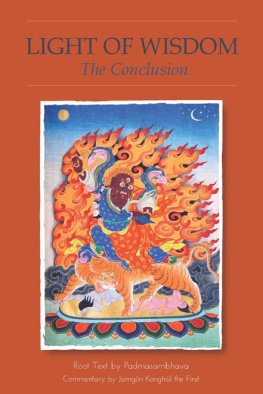
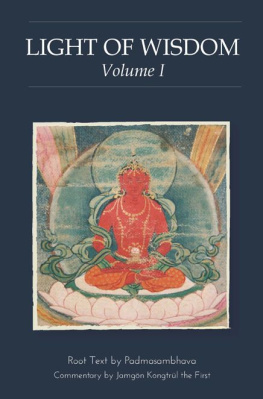
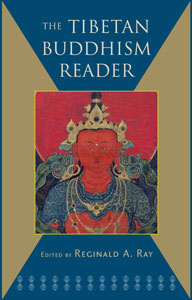
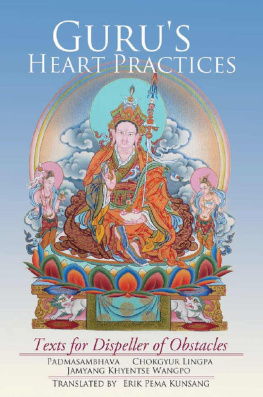
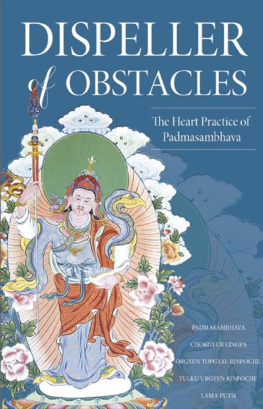
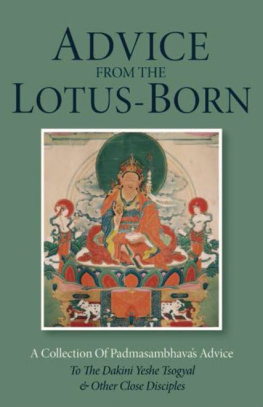
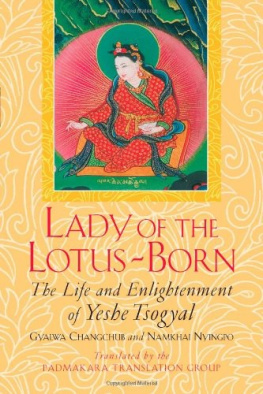
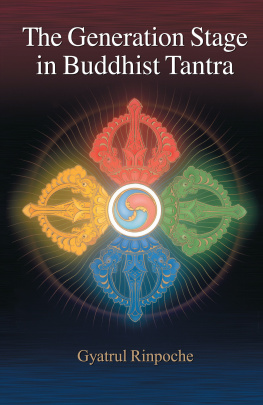

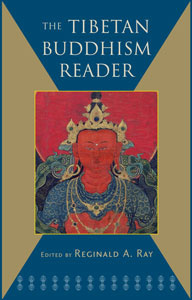
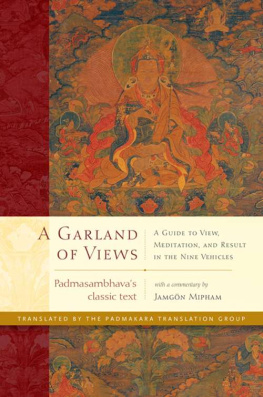
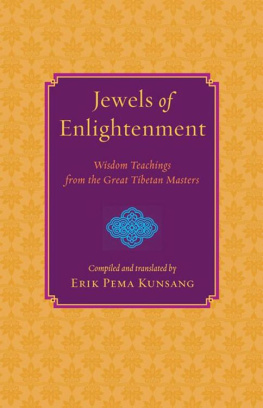
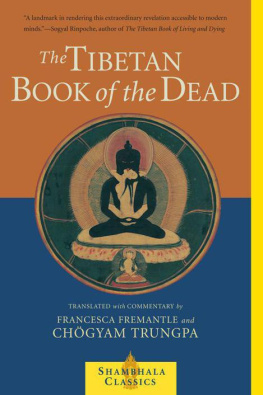


 This book was produced with environmental mindfulness. We have elected to print this title on 30% PCW recycled paper. As a result, we have saved the following resources: 27 trees, 19 million BTUs of energy, 2,369 lbs. of greenhouse gases, 9,832 gallons of water, and 1,263 lbs. of solid waste. For more information, please visit our website, www.wisdompubs.org . This paper is also FSC certified. For more information, please visit www.fscus.org .
This book was produced with environmental mindfulness. We have elected to print this title on 30% PCW recycled paper. As a result, we have saved the following resources: 27 trees, 19 million BTUs of energy, 2,369 lbs. of greenhouse gases, 9,832 gallons of water, and 1,263 lbs. of solid waste. For more information, please visit our website, www.wisdompubs.org . This paper is also FSC certified. For more information, please visit www.fscus.org .